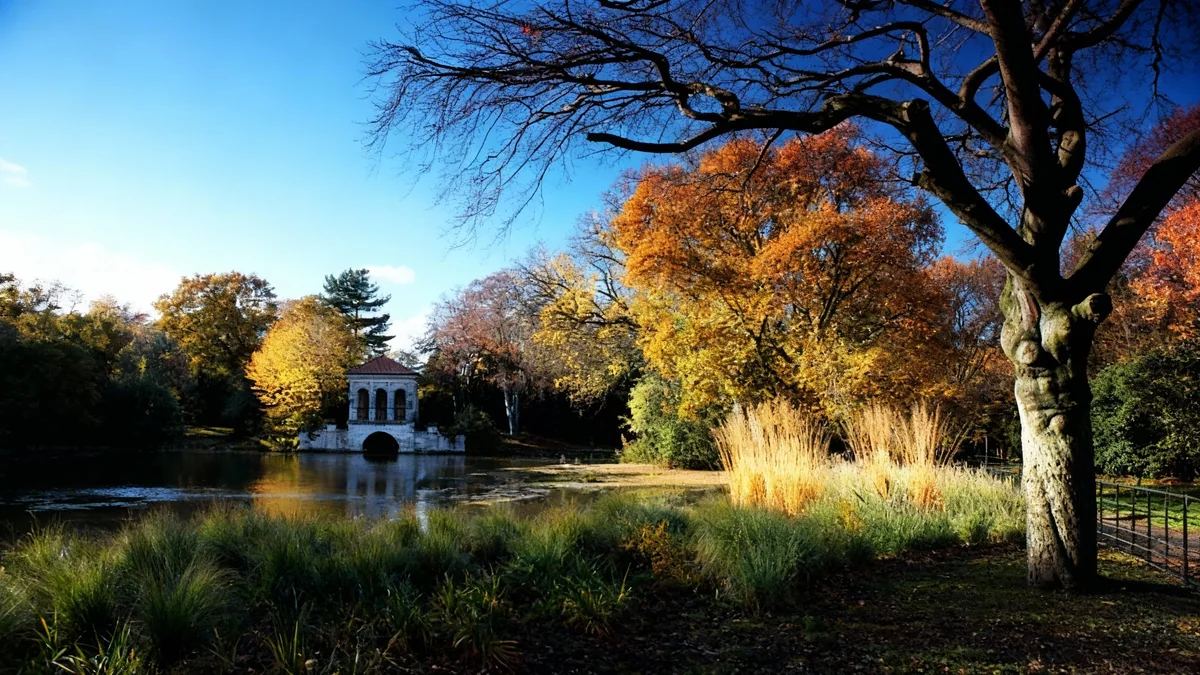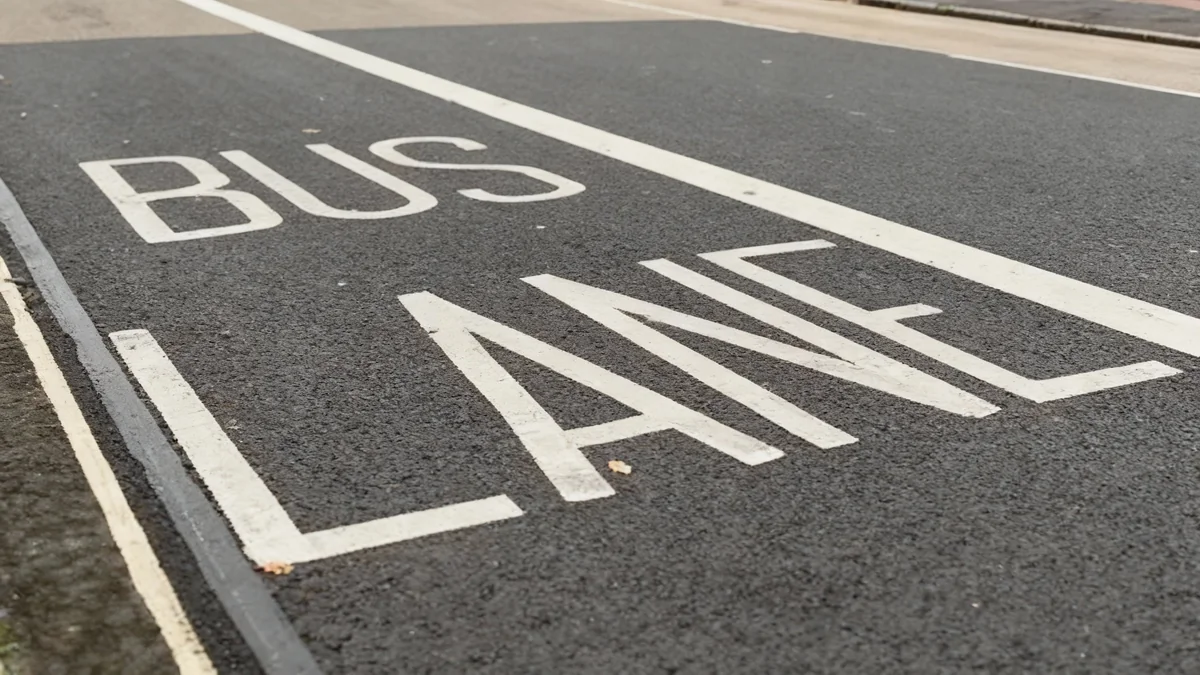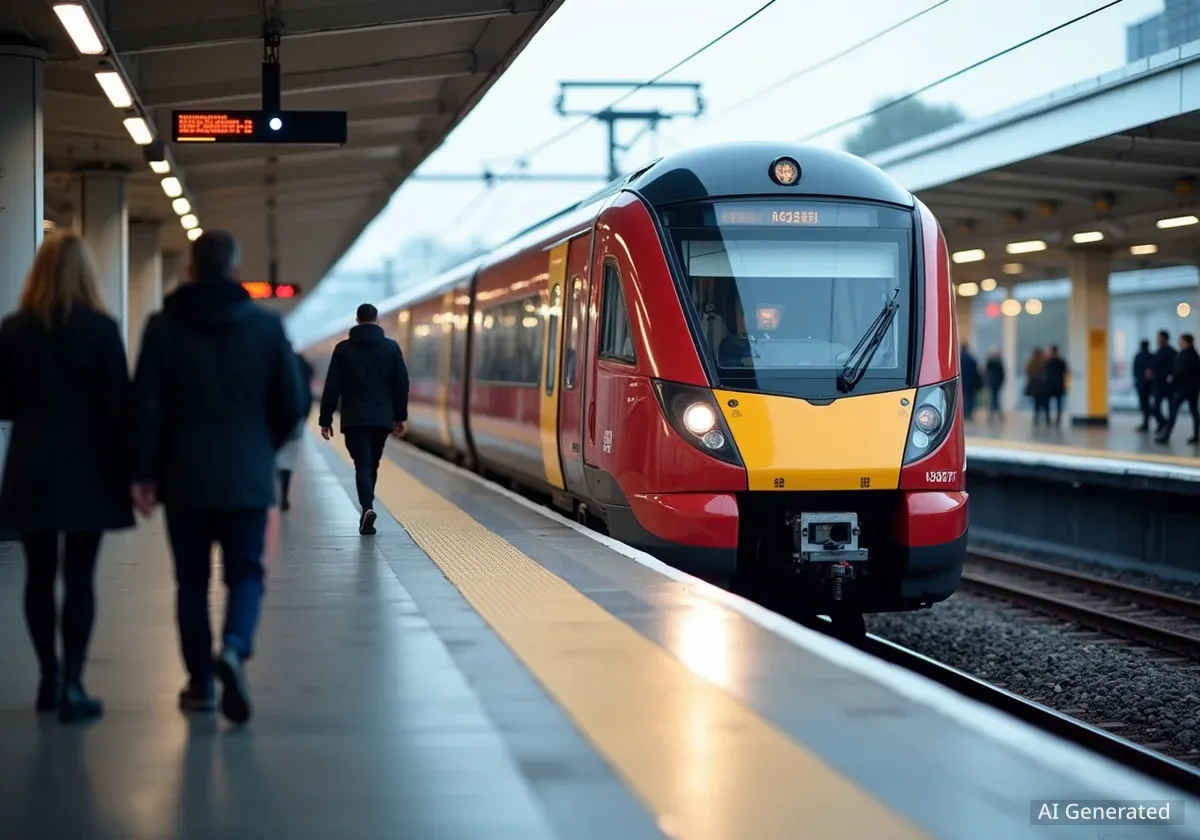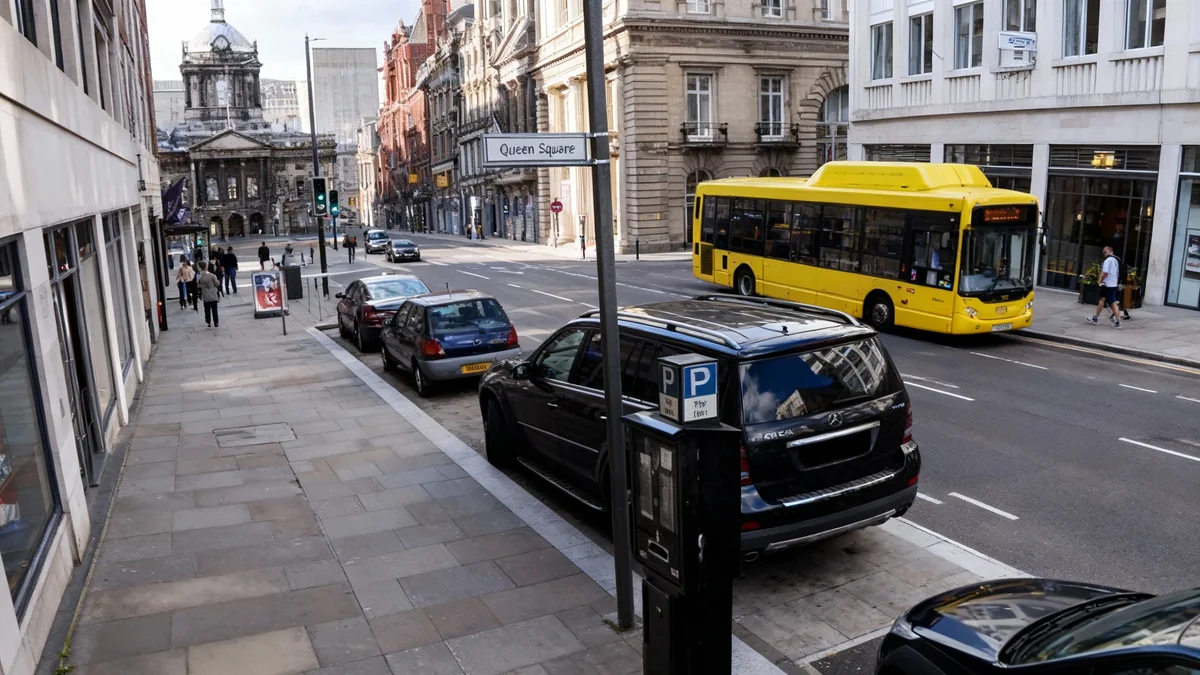A transport campaigner has put forward a detailed proposal for a new railway station in Halewood, arguing it would be a "game changer" for residents currently facing limited connections to Liverpool city centre. The plan suggests reusing a section of a historic disused railway line to better integrate the area into the Merseyrail network.
The proposal, championed by local rail enthusiast Alex Silver, calls for a new station named "Okell Drive" to be built on the former Liverpool "loop line." This line, which is now a popular walking and cycling path, runs through the Halewood Park Triangle, an area campaigners believe is ideally positioned to serve communities they say are "cut off" from the city's core transport infrastructure.
Key Takeaways
- A proposal has been made for a new railway station in Halewood called "Okell Drive."
- The plan aims to address poor transport links, including hour-long bus journeys to Liverpool city centre.
- The proposed station would be located on the former Liverpool "loop line," a railway corridor closed in the 1970s.
- The Liverpool City Region Combined Authority states there are no specific plans for this station but is developing a wider, integrated transport strategy.
A Vision for a Better-Connected Halewood
The campaign for a new station is being led by Alex Silver, a Gateacre resident with a deep knowledge of the region's transport network. He believes that reinstating rail services along the old loop line would bring parts of Halewood "back into the 21st Century."
His proposal centres on creating a new station, which he has named "Okell Drive," situated within the Halewood Park Triangle. This green space was formed from the disused railway lines that once served the area, making it a prime candidate for potential rail restoration.
"This would be another step into expanding the network, but this would also tie in with the Northern Powerhouse Rail project," Alex Silver stated. "The mayor is looking at options and I feel Okell Drive should be the next station on the list.”
Silver, who is autistic and has a passion for transport, previously contributed to the Merseytravel Passenger Forum. He sees the project as a vital move towards improving accessibility and providing more reliable travel options for residents.
The Current Transport Challenge in Halewood
Residents in parts of Halewood currently face significant transport hurdles. The existing Halewood railway station offers only one train per hour on the line connecting Liverpool and Manchester, which does not adequately serve local commuters heading into the city centre.
Many people rely on bus services, such as the 76 or 79 routes, but the journey can take up to an hour. According to Silver, these long travel times and potential delays force many residents to depend on their cars.
- Bus: Approximately 60 minutes to Liverpool city centre.
- Train: The existing station has only one train per hour on the Manchester line.
- Car: The primary alternative for many due to infrequent or slow public transport.
"I think the most obvious positive is the environmental and economic benefits," Silver explained. "Many people here in these communities – just on the edge of the city – have to rely on their cars because they don’t want to travel into Liverpool because of bus delays or trains that don’t turn up on time."
The Historic Liverpool Loop Line
The railway line at the centre of the proposal has a long history. Known as the Liverpool "loop line," it was originally constructed around 1879 to connect various suburbs. However, services were gradually withdrawn, and the line was closed in stages between the 1960s and its final closure in the late 1970s.
From Railway to Recreation
Following its closure, the former loop line trackbed was repurposed. It was transformed into a green corridor, becoming a much-loved active travel route for walkers, cyclists, and nature enthusiasts. The section running through Halewood Park Triangle is a key part of this popular public amenity.
While the conversion into a park has been a success, campaigners like Alex Silver believe that its original purpose as a transport artery can coexist with its current recreational use. The proposal suggests that a modern, efficient rail service could be integrated while preserving green space, offering a dual benefit to the community.
Official Response and Future Plans
In response to the proposal, the Liverpool City Region Combined Authority acknowledged the need for improved public transport but confirmed there are no specific plans for a station at Okell Drive at this time.
A spokesperson for the Combined Authority outlined the broader strategy for the region's transport network. They emphasised Mayor Steve Rotheram's ambition to create a "London-style, integrated transport network that our region deserves – one that is reliable, accessible and fit for the future."
Several new railway stations are already included in the long-term planning pipeline for the city region. These projects are being guided by public engagement to ensure they meet local needs and support wider growth priorities.
A Multi-Faceted Approach to Transport
The Combined Authority is not solely focused on rail. The spokesperson highlighted several other key initiatives designed to improve connectivity across Merseyside:
- Bus Franchising: This will grant the authority greater control over bus routes, timetables, and service quality, allowing it to address gaps in the network more effectively.
- Rapid Transit Programme: This initiative is in its early stages and aims to create high-frequency services linking key destinations, providing a strong alternative to private car use.
"We are actively exploring opportunities to evolve and enhance the wider public transport network across the Liverpool City Region," the spokesperson said. They added that bus franchising will help create a "more integrated and reliable bus network that complements other modes of transport."
While the Okell Drive station remains a community-led proposal for now, the ongoing discussions about transport infrastructure suggest that ideas for expanding and improving the network are a central part of the region's long-term vision for sustainable growth and connectivity.





